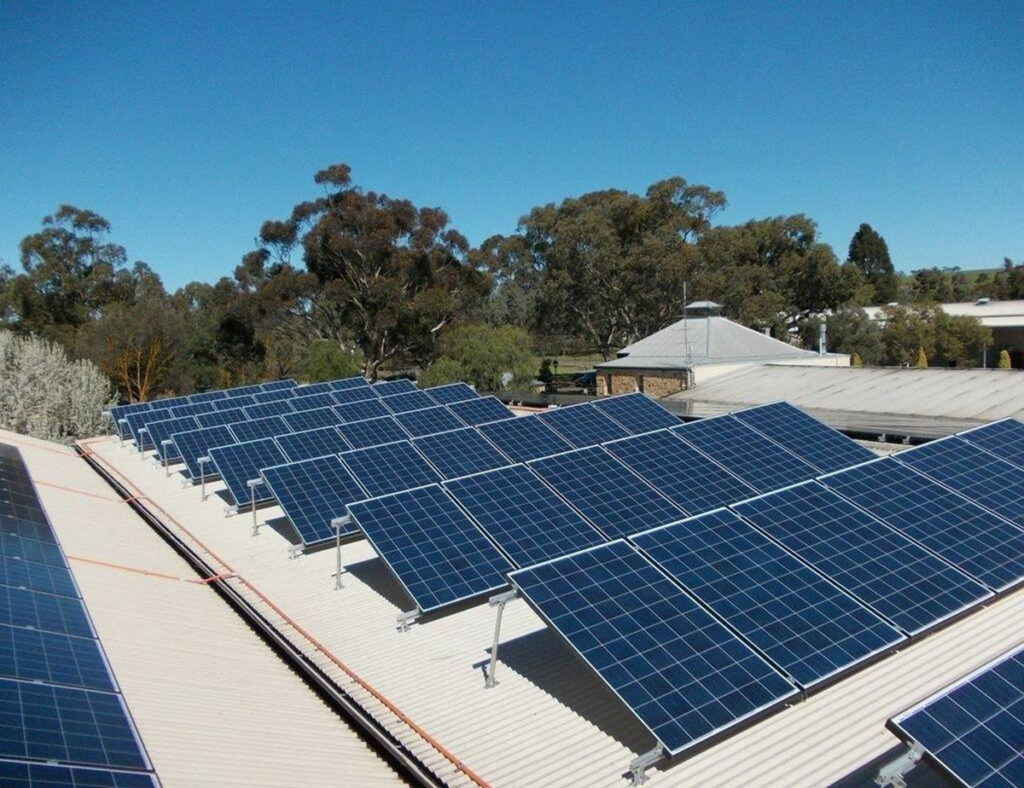The voltage of a solar system is primarily determined by the configuration of the solar panels and the characteristics of the components used in the system. There are two main factors that contribute to the voltage of a solar system.
Solar Panel Configuration
Solar panels are typically connected in series or parallel to achieve a specific voltage output.
- Series Connection: When solar panels are connected in series, the positive terminal of one panel is connected to the negative terminal of the next panel, and so on. This arrangement adds up the voltages of individual panels, resulting in a higher total voltage output. For example, if each panel produces 30 volts, connecting three panels in series would yield a total voltage output of 90 volts.
- Parallel Connection: When solar panels are connected in parallel, all positive terminals are connected together, and all negative terminals are connected together. This configuration maintains the voltage of individual panels while increasing the current capacity. For instance, if each panel produces 30 volts, connecting three panels in parallel would maintain a 30-volt output but increase the current capacity threefold.
Solar Panel Characteristics
Different types of solar panels have different voltage ratings based on their internal design and materials used.
- Monocrystalline and Polycrystalline Panels: These are the most common types of solar panels used in residential and commercial installations. They usually have voltage ratings in the range of 30 to 40 volts per panel.
- Thin-Film Panels: Thin-film solar panels typically have lower voltage ratings compared to crystalline panels, often in the range of 20 to 30 volts per panel.
- High-Voltage Panels: Some manufacturers produce solar panels with higher voltage ratings, which can reduce system installation costs by requiring fewer electrical components, such as cables and combiner boxes.
The overall voltage of a solar system is crucial for the system’s performance and compatibility with other components, such as inverters, charge controllers, and batteries (if used). It is essential to consider the voltage requirements of all the components when designing a solar system to ensure proper functioning and efficiency.Additionally, local electrical codes and regulations may impose restrictions on the maximum system voltage, which can influence the design of the solar system.


